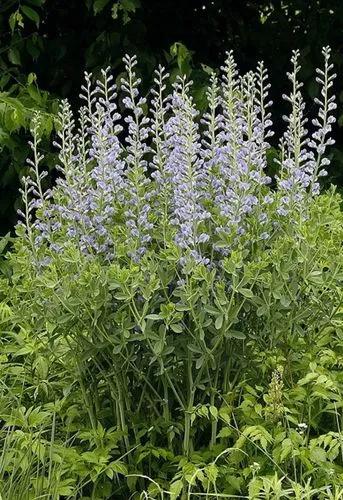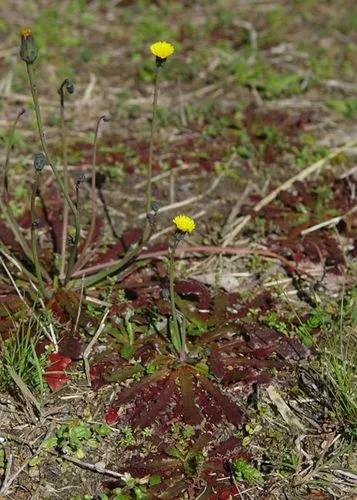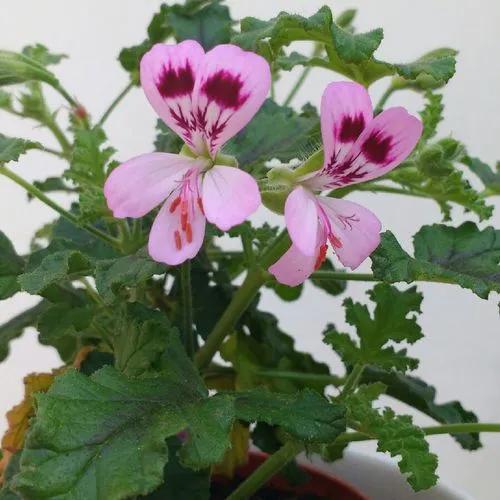Broussonetia papyrifera is a deciduous shrub or small tree with a broad, spreading crown; it usually grows up to 9 metres tall, though in a suitable climate can reach 20 metres or more. The cylindrical bole can be 50 - 70cm in diameter.The tree is widely cultivated in temperate to tropical areas of eastern Asia for the fibre in its bark, there are many named varieties. Products made from the fibre are widely sold, especially in the Pacific Islands. Trees are coppiced annually for this purpose. The plant is also a very popular herbal remedy in the Orient, provides an edible fruit and has a range of other uses.Broussonetia papyrifera is a highly invasive species in the tropics, becoming weedy and difficult to remove after its introduction. Due to its excessive growth, it has become an agent of change in the whole ecosystem affecting native flora, human beings and causing economic losses. In Pakistan, for example, it was intentionally introduced to make the Islamabad (Capital) and Rawalpindi area green. But in less than 30 years it not only became highly invasive in the natural vegetation but also caused health problems in the human population. It is now commonly found in India and Pakistan at elevations from sea level to 1,000 metres, and has become highly invasive and a troublesome weed in many localities. Following invasion of an area, it excludes other species and it is very difficult to eradicate. Not only does it spread by seed, but if felled and uprooted it can maintain its presence by means of numerous suckers which grow from any portions of root left in the ground. Its growth is extremely fast and it quickly out-competes other species
Paper Mulberry Care
Broussonetia Papyrifera



How to Care for the Plant

Water

It prefers dry or moist soil and can tolerate drought. It can tolerate atmospheric pollution.

Pruning

Pruning group 1 in late autumn or early winter when fully dormant to prevent sap from bleeding.

Sunlight

Easily cultivated in a warm sunny position in any soil of reasonable quality[

Soil

Suitable for: light (sandy), medium (loamy) and heavy (clay) soils, prefers well-drained soil and can grow in nutritionally poor soil. Suitable pH: acid, neutral and basic (alkaline) soils and can grow in very acid soils.

Temperature

It grows best in areas where annual daytime temperatures are within the range 15 - 28°c, but can tolerate 500 - 3,000°c

Popularity

621 people already have this plant 96 people have added this plant to their wishlists
Discover more plants with the list below
Popular articles






